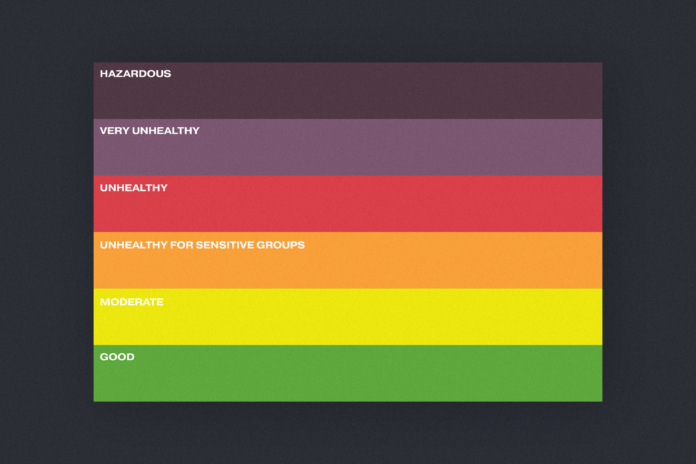Unpredictable wildfires pollute Yolo County, Bay Area
The American Lung Association’s annual “State of the Air” report revealed Yolo County’s short term particle pollution amid the effects of climate change and California wildfires.
The 2019 report covered 2015 to 2017, which were the warmest years ever recorded in modern history, and included seven of the 20 most destructive fires in California history. The effects of the 2017 Northern California Firestorm downgraded Yolo County’s grade of an “A” for short-term levels of particle pollution to a “B.”
William Barrett, the director of the American Lung Association in California, expressed the impending effects of the 2018 Camp Fire in Butte County in the 2020 report.
“It just goes to show that even in places that have some of the cleanest air in the country, to be honest for particle pollution, have been impacted by the wildfires, and we expect those impacts to show up in even greater detail next year,” Barrett said.
Yolo County was not alone in this increase of particle pollution. All across California, counties suffered as a result of devastating fires in 2017. In fact, under the short-term particle pollution heading, “twenty of the 26 most polluted cities had more days [with spikes in particle pollution] on average in the 2019 report. Many of these are due to wildfires,” according to The American Lung Association.
“[The wine country fires] definitely had a greater impact closer into the Bay Area, where we saw for the first time ever in our report not one single Bay Area county got an ‘A’ grade for the number of pollution days,” Barrett said. “Actually, in the whole state there was not a single ‘A’ for particle pollution days; it’s largely a direct result of those fires.”
Locally, the Yolo-Solano Air Quality Management District is one of the first outreach programs contacted by residents and government agencies during a fire. Anna Champe, the public information officer, noted that the agency observes the “State of the Air” report, but primarily follows the United States Environmental Protection Agency regulations, which categorizes fires as exceptional events and excludes them from the report.
“The smoke that comes into our communities when an event happens, like the Camp Fire or the Wine Country fires, the air moves it out at a pretty rapid pace,” Champe said.
“So, six months [after the Camp Fire,] we would be back to normal. We’d be back to normal as soon as the air changed and moved it out of our area.”
Even short term particle pollution in a city typically used to healthy air quality, however, can have harmful impacts on respiratory health. The American Lung Association website wrote that a “study in 2017 looked more closely at Boston and found a similar higher risk of premature death from particle pollution in a city that meets current limits on short-term particle pollution.”
Side effects of inhaling such particle pollution “diminishes lung function, causes greater use of asthma medications and increased rates of school absenteeism, emergency room visits and hospital admissions.”
In November 2018, UC Davis’ campus was closed for seven instructional days due to unhealthy air quality from the Camp Fire. School officials announced campus closures on a day-to-day basis, leaving students and administrators scrambling to adapt. Champe hopes to provide tools and messages for schools in preparation for the next wildfire season.
“Right now, we are doing some advance work with some local officials and school districts to work with them and prepare for wildfire season for next year,” Champe said. “We are cognizant that the events that happened last year impacted the schools greatly, and so we want to offer our expertise and our technical support in whatever way would best serve them.”
Written by: Renee Hoh — city@theaggie.org




